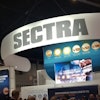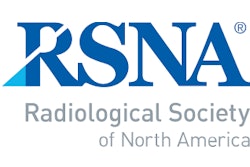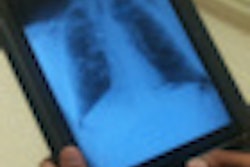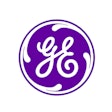Image quality and interpretation accuracy can be excellent when the iPhone is used for visualizing telestroke images, but due to its slower speed and smaller field-of-view, it still doesn't match up to a PACS workstation, according to research from Boston.
Smartphones and tablets such as Apple's iPhone and iPad have undoubtedly drawn interest for their potential in radiology applications. In fact, earlier this month, the U.S. Food and Drug Administration (FDA) cleared MIM Software's Mobile MIM, the first mobile image viewing application to receive clearance for diagnostic use on Apple's iPhone and iPad devices.
It's clear that the use of mobile applications for rendering diagnoses in radiology is gaining momentum, due to their easy availability and use, according to principal investigator Dr. Supriya Gupta from Massachusetts General Hospital. Gupta presented research on using the iPhone to interpret telestroke cases at last year's RSNA meeting in Chicago.
"We wanted to evaluate the image quality, image download speed, and speed of interpretation on the iPhone for preliminary diagnosis in comparison to a PACS workstation for telestroke cases," Gupta said.
The study included 33 patients who had head trauma and had been evaluated for stroke with CT. Two stroke experts read the cases independently via iPhone, using Merge Healthcare's eFilm Mobile application, Gupta said. The readers were blinded to the initial diagnosis, and interpretation accuracy was compared to the cases' PACS reports.
Gupta and colleagues used a scale of 1 to 5 to categorize image quality. A score of 5 meant excellent diagnostic quality, 4 meant less than diagnostic but good quality, 3 meant good only for a preliminary report, 2 meant inadequate for a preliminary opinion, and 1 meant unacceptable.
A similar scale was used to grade speed of download. A score of 5 equaled excellent speed, almost instant; 4 meant good speed, better than PACS; 3 meant speed equivalent to a PACS workstation; 2 meant speed less than a PACS workstation but not slow; and 1 meant very slow.
Ten of the 33 cases scored ratings of 4 or 5 for image quality on the iPhone, Gupta's team found. However, when it came to speed, PACS was the clear winner, downloading telestroke images in less than a minute, while the iPhone took 7.64 minutes. The average interpretation time was 2.34 minutes using the PACS workstation and 6.44 minutes using the iPhone.
The two interpreting radiologists' findings on the iPhone and PACS workstation were highly concordant, with most of the values falling within 95% confidence intervals, according to Gupta.
For now, although mobile imaging with devices such as the iPhone is a promising new area in radiology, the devices need faster download speeds to become widely adopted, Gupta concluded.




















